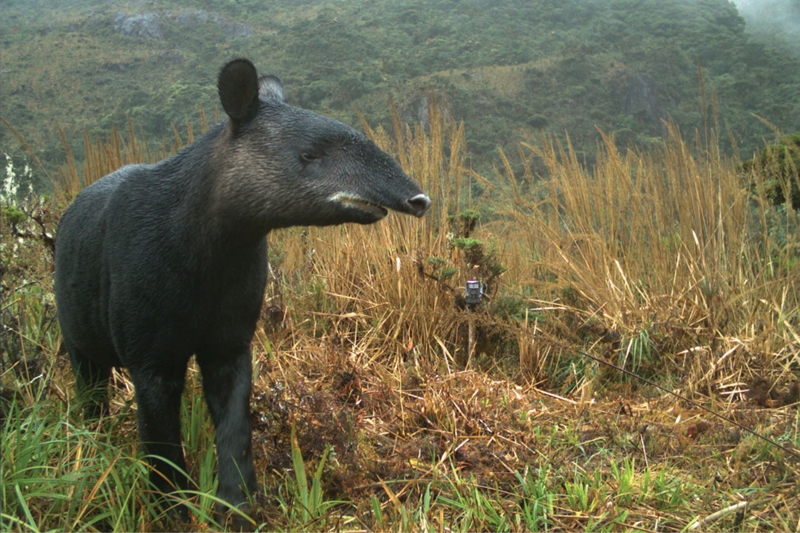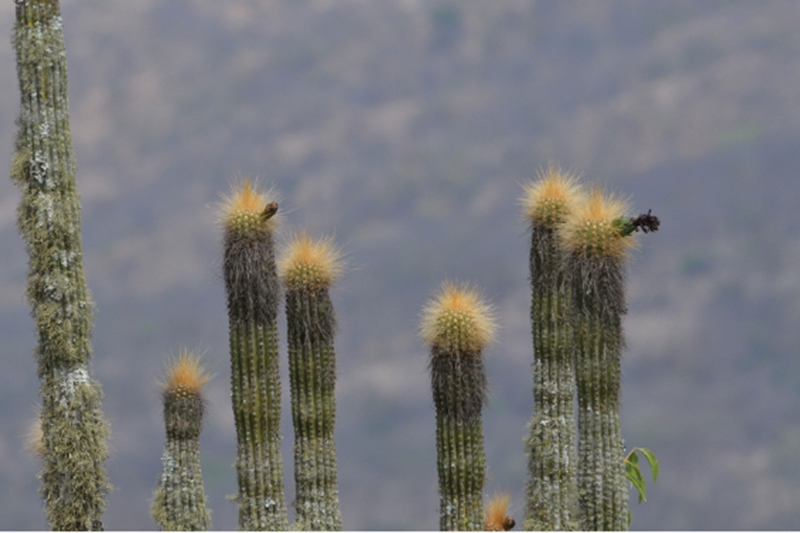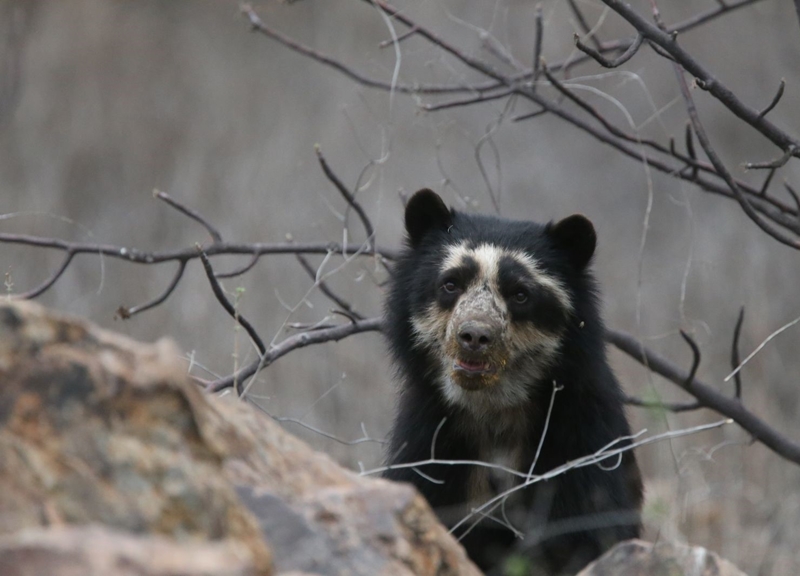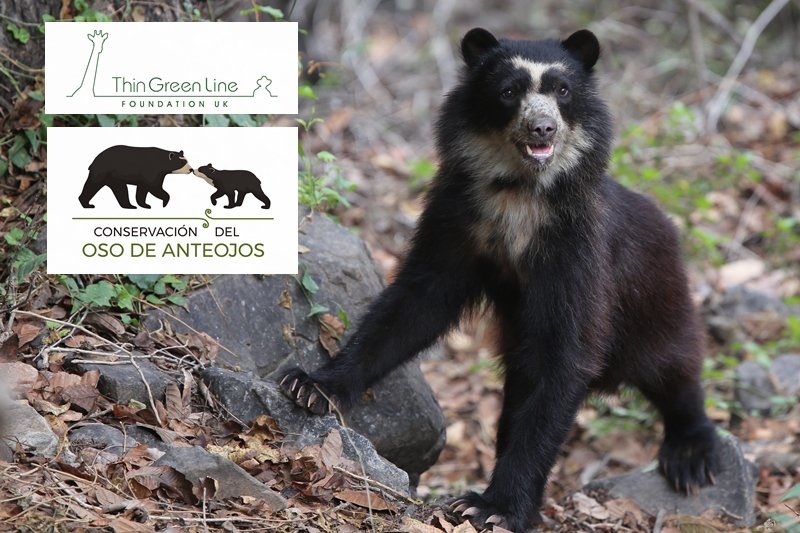
Project: monitoring of Spectacled Bears in the Machu Picchu Historical Sanctuary
2022 Project Partners: The Thin Green Line Foundation & The Spectacled Bear Conservation Society, Peru
Find out more about The Thin Green Line. Find out more about The Spectacled Bear Conservation Society.
About Thin Green Line (TGL)
Thin Green Line Foundation UK provides vital support to rangers working on the frontline of conservation. Working mostly with indigenous rangers in high risk regions and conflict zones, these men and women are generally underpaid, poorly equipped and insufficiently trained. Not only does this inhibit their ability to protect wildlife effectively, it also puts the rangers themselves in danger. Over 1000 rangers have died in the field over the past 10 years and there were 150 recorded ranger deaths in 2022 alone; a large percentage killed by commercial poachers and armed militia groups.
Thin Green Line has four simple but critical pillars to train, equip, provide emergency support and raise the profile of rangers worldwide.
About Spectacled Bear Conservation Society Peru (SBCS)
Spectacled Bear Conservation Society, Peru works to conserve and protect spectacled bears and their habitat in Peru through scientific research, education and collaboration with local communities and land owners. Conservation decisions are based on scientific research. They have monitored endangered spectacled bear populations in the dry forest habitat of Northern Peru for 15 years and are now expanding their study area.
Last year, in collaboration with the Peruvian government, they began researching the health and ecology of a little-studied population of bears in and around Machu Picchu.
Spectacled Bears
Also known as the Andean bear (Tremarctos ornatus) this elusive bear is South America’s only native bear species. They live a solitary life in the rocky, dry forests of the Andes from 200-2,750 metres above sea level, from western Venezuela south to Bolivia. They build platforms and nests in trees for eating and sleeping.
The creamy white ‘spectacles’ around their eyes, are unique to each bear, although some have no markings at all. With short faces, shaggy blackish brown fur, short legs and long sharp claws, Andean bears are excellent climbers.
Males tend to be bigger than females with a life span of up to around 20 years. Females will have 1-2 cubs and stay with their young for the first year. SBCS studies in Northern Peru show only 15% of cubs reach maturity. Unlike Paddington Bear, spectacled bears favour tree fruits, bark, bromeliad hearts, orchids, grasses, bulbs, berries, small insects and occasionally rodents and birds over marmalade sandwiches! They can be seen foraging during daylight hours although these shy bears are very easily disturbed.
The Machu Picchu Historical Sanctuary
Located across the Andes mountains and the upper Amazon basin in southern Peru, the Machu Picchu Historical Sanctuary was established in 1981 (37,300 hectares) by the Peruvian government and designated as a UNESCO World Heritage Site in 1983.
The world-famous Incan ruins at the heart of the sanctuary are 2,430m above sea-level, and are surrounded by beautiful tropical mountain forest – the perfect habitat for Andean bears, who have been documented in this area for decades and have been seen roaming the ruins. Alongside Andean bears, this biodiverse area is home to a wide range of fauna and flora including Andean condor, tapir, 400 species of orchids, Andean fox, giant hummingbird and hundreds of species of butterfly.
Threats & Challenges
Machu Picchu is the country’s most visited protected area, receiving as many as 5,000 visitors a day pre-pandemic in high season. Although there are sustainable tourism programmes and conservation projects in place to conserve this world wonder and its wildlife, the sheer volume of visitors coupled with the topography, poses serious challenges from erosion, pollution and waste management to wildlife disturbance.
New guidelines for visiting this sacred site came into effect in 2023 including a cap of 4,500 visitors per day, four set routes for exploring the ruins and a requirement for all visitors to be accompanied by a licensed guide (groups of 10 per guide). This will go some way to restoring equilibrium and establishing boundaries.
However, when you consider that the main threat to the Andean bear is from habitat loss it brings into sharp focus the need to understand this landscape much better.
Habitat loss is largely due to anthropogenic (man-made) activity – agricultural expansion, grazing, mining, logging, oil exploration, and development. Climate change also threatens this fragile ecosystem. Changes in rainfall impact the availability of food and water for wildlife, while an increase in temperatures may lead to species moving to higher elevations.
Hunting is also a threat with bears killed for diverse reasons, including subsistence hunting, attacks on livestock and crops (especially maize) fear and for the illegal wildlife trade.
Andean bears are listed as Vulnerable on the IUCN Red List but were last assessed in 2016 with the population estimated to be somewhere between 2,500 and 10,000 mature individuals.
Solutions: Bear Monitoring & Ranger Training
The Machu Picchu Historical Sanctuary could be an important stronghold for Andean bears – trees scarred with claw marks, nests of bromeliad leaves, the availability of food sources and the size and diversity of ecosystems all suggest it has potential to support a healthy population of bears but little research has been done to confirm this.
Although Machu Picchu’s park rangers have experience patrolling the site, and stewarding visitors they have limited experience monitoring wildlife. Working in partnership with scientists, their eyes and ears are incredibly important. More training would improve their capacity to collect information on spectacled bears and other species.
Our funding will go some way to better equipping and training the rangers. SBCS will run training workshops covering camera trap installation and monitoring, bear collaring and radiotelemetry, and direct observations as well as a field trip for practical, hands-on experience. This training will be key for the implementation of a long-term bear monitoring programme in the protected area.
These studies will help to determine the population size and health of the bears, how they use and move through the forest, the major threats, the impacts of tourism, and how much habitat they need. Only then can the habitat be protected. The ambition is to declare a UNESCO Biosphere Reserve safeguarding Andean bears and the cloud forest they call home.
Images courtesy of SBCS Peru
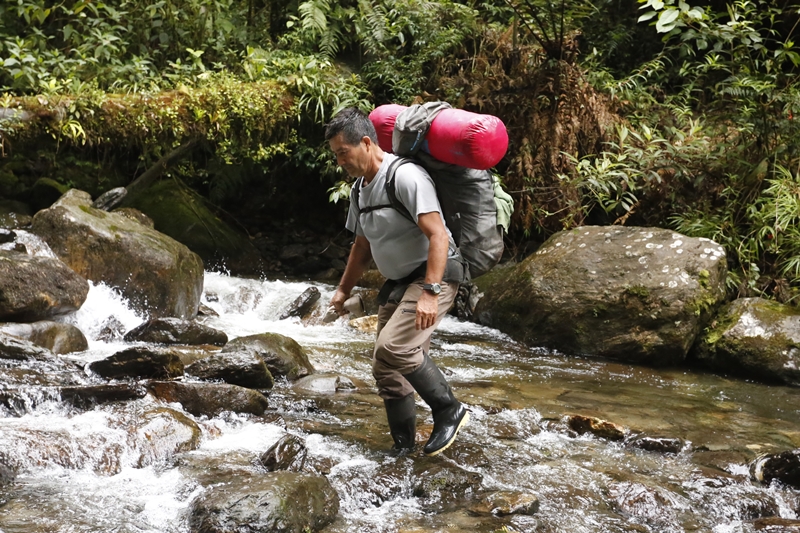
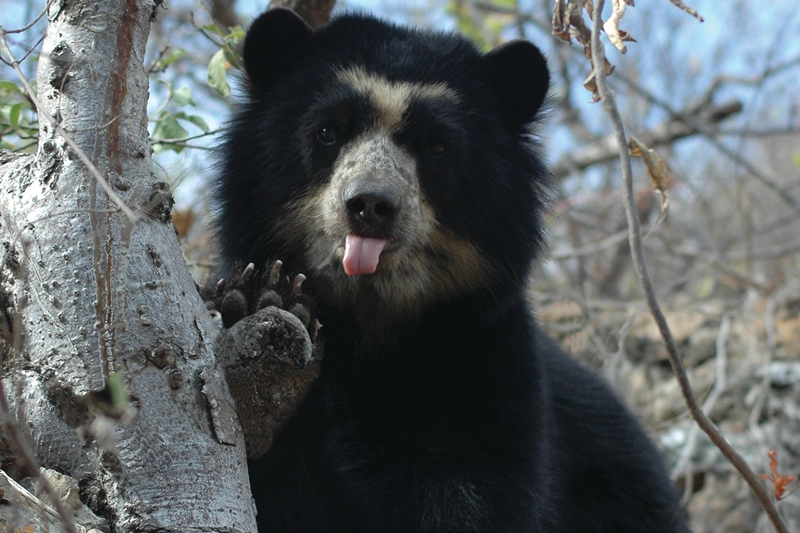
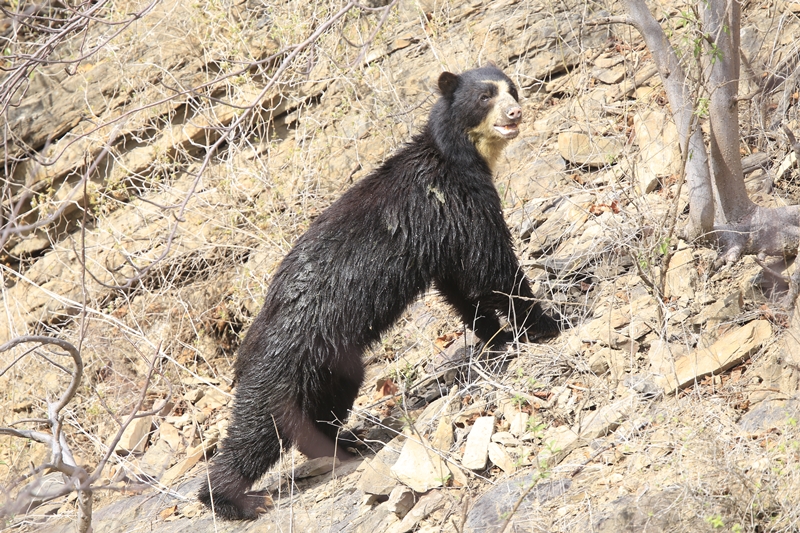


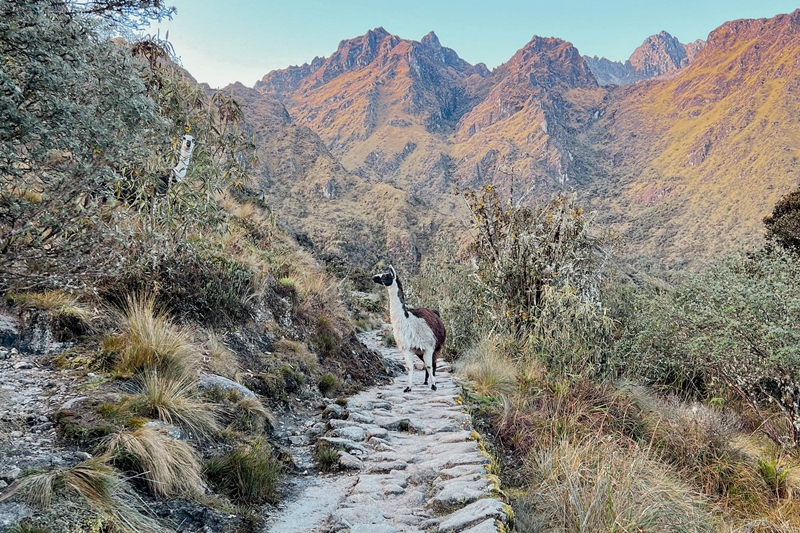
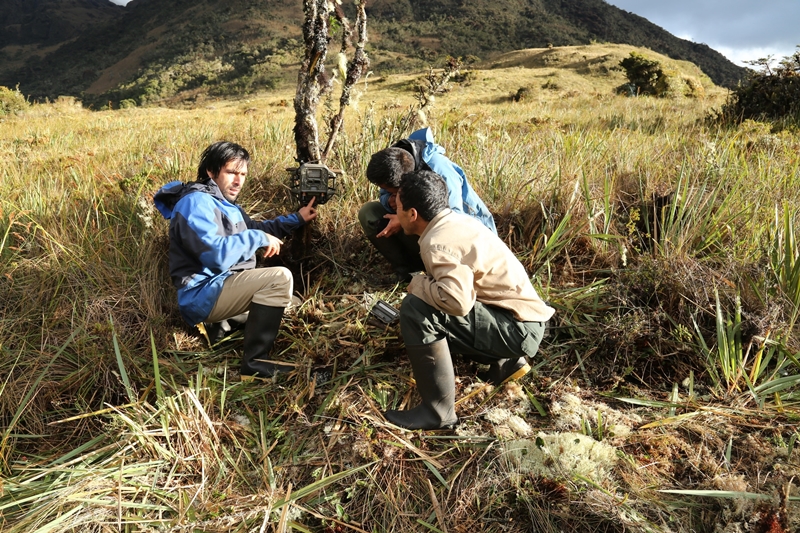
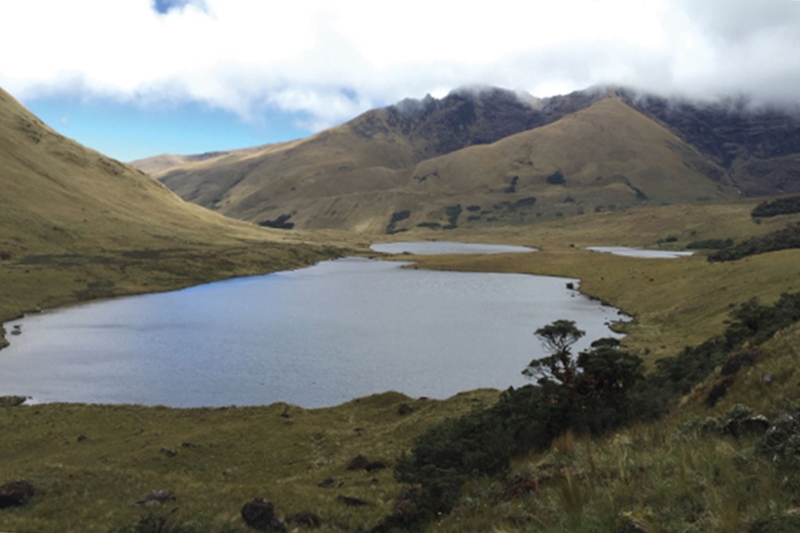
All funds raised during 2023 will contribute to the 2023 Project Fund so please do sign up for a sponsored challenge, support our creative initiatives, or make a donation if you are able to. Every Pound makes a difference. Thank you.
